The AirBuddy was great fun… while it worked. Unfortunately, mine died after about half a dozen dives or so.
What happened?
On my last dive, I prepared just as any other time. This included securely and fully inserting the dive flag/snorkel into the unit. The main body of the unit has an air intake port, into which fits an item that serves double-duty as a diver-in-the-water flag, and a snorkel which raises the air intake to well above the surface of the water. My solo dive proceeded like any other. However, upon surfacing, I immediately noticed that the flag/snorkel was missing.
The AirBuddy manual gives ample clear warning about ensuring that water does not get into the air intake port. Knowing this, I did not immediately see cause for concern, as there didn’t appear to be much water on the unit. Even without the snorkel the air intake port rides several inches above the surface of the water, and there was only a gentle swell present during the dive.
Because I’m on a boat, I’m in the habit of resting the AirBuddy unit on its side when charging the battery. This is because with the battery installed in the unit, it’s quite top heavy, and is prone to tipping over in any swell or other boat motion. To my surprise, when I put the unit on its side this time, a very significant amount of water poured out. It was salty. I set about to clean and dry the unit, which began with removing the battery. Upon removing the battery, even more water poured out of the battery itself, streaming out the charging connector port on the side. This was quite alarming.
Sea water is highly corrosive to many metals. In the interest of expediently minimizing damage, I did what I thought would be best. For the battery, I opened it, dried it off, and cleaned what I could with fresh water. For the unit, I added fresh water to the air intake port, in the hope of rinsing out and/or diluting some of the corrosive sea water that had entered.
I contacted AirBuddy support as soon after this as I was able. They were very responsive and helpful. The person who replied was clearly well-versed in the technical details of the unit. It was very much appreciated to get straightforward, no-nonsense, knowledgeable answers to my questions. Support indicated it was a no-no to put freshwater into the air intake port. I suspected as much, but I’m still guessing leaving the salt water in there would have been even worse.
Support also said that no other customers had experienced the flag coming out unexpectedly while diving.
Later, the flag was recovered. It was in excellent condition, with nothing to suggest how it might have gotten out of the unit.
In any case, the battery was now completely dead. It would neither charge nor power the unit. The battery cells themselves were a bit rusty at this point, but functional. It was the BMS circuit board inside the battery that was dead. It had some rust and salt on it. Then, a few days later, the compressor ultimately succumbed, and seized.
Let me be clear: the total amount of time these components were exposed to salt water was less than one hour.
As of this writing, in the AirBuddy spare parts shop a replacement battery is US$305 and a replacement compressor is US$170, exclusive of shipping. This is enough of an expense that I plan to evaluate alternative surface-based diving apparatus before ordering replacement parts.
Sadly, I am hesitant to recommend the AirBuddy. It is a fantastic unit and loads of fun, works well and has good safety features, but the air intake port is such a major point of vulnerability, all it took was a single mishap to brick the thing and need $475+ of repairs. And I don’t even know how it happened, or how frequently I can expect it to happen.
If you have an AirBuddy, or decide to purchase one, I’d strongly suggest the following:
- When diving, make sure someone is on the surface watching the unit.
- Make sure to have torx-style screwdrivers on hand, sizes T15 and T30. I don’t know why AirBuddy feels it necessary to use these specialized screws when a Phillips would more than suffice. I did not have a T30 and couldn’t remove the compressor when I needed to. (Seriously, who has these on hand? Just what I need, another set of specialized tools to take up space on my boat.)
- If you’re diving in remote locations, bring a spare battery; consider bringing a spare flag and spare compressor as well. Possibly other spares too, which are available in the shop.
- If sea water gets in the air intake port, do not add fresh water to try to deal with it.
- Review the videos on the AirBuddy YouTube channel ahead of time so you know what to expect from potential repairs needed, in particular the video titled “How to remove compressor and clean the pressure relief valve.”
Finally, regardless of which surface-supplied breathing apparatus you choose, be sure to read Fatalities involving divers using surface-supplied breathing apparatus in Australia, 1965 to 2019 by John Lippmann. And take the free BLU3 Online Dive Training Course.
Do you have or have you dived with an AirBuddy System? Share your experience below!
UPDATE 15 November 2022: BLU3 has announced a stop-using-immediately recall of their Nomad tankless dive system. Please read their recall notice for more information. As of this writing, the recall does NOT include their non-Nomad models (i.e. the Nemo).
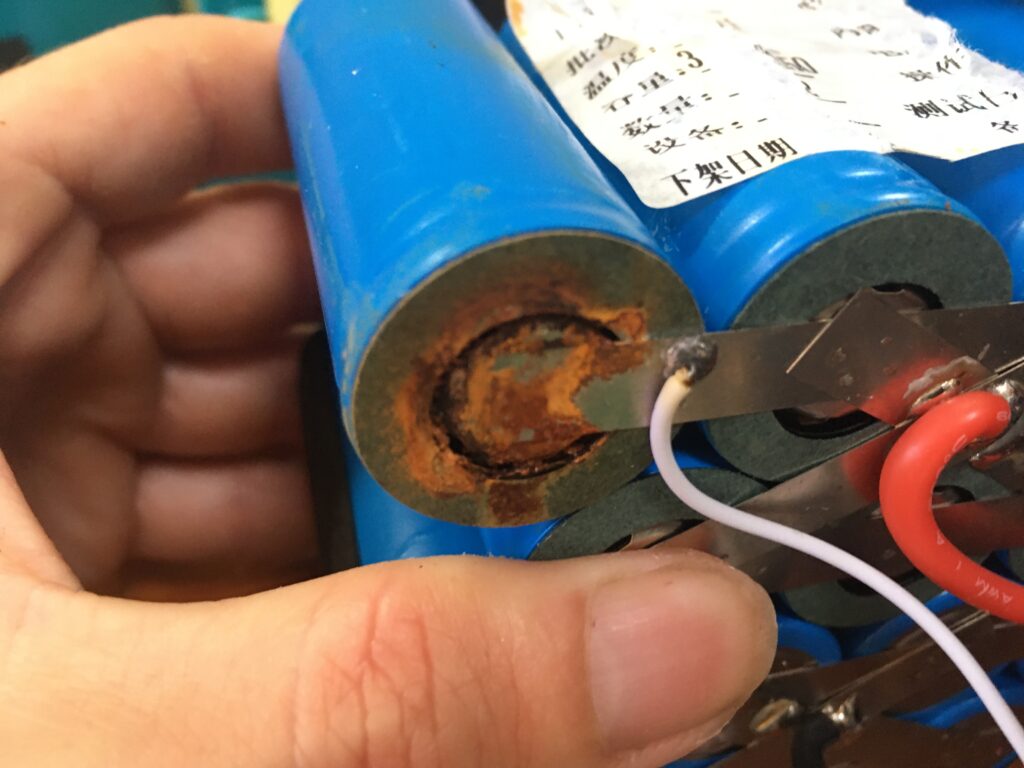
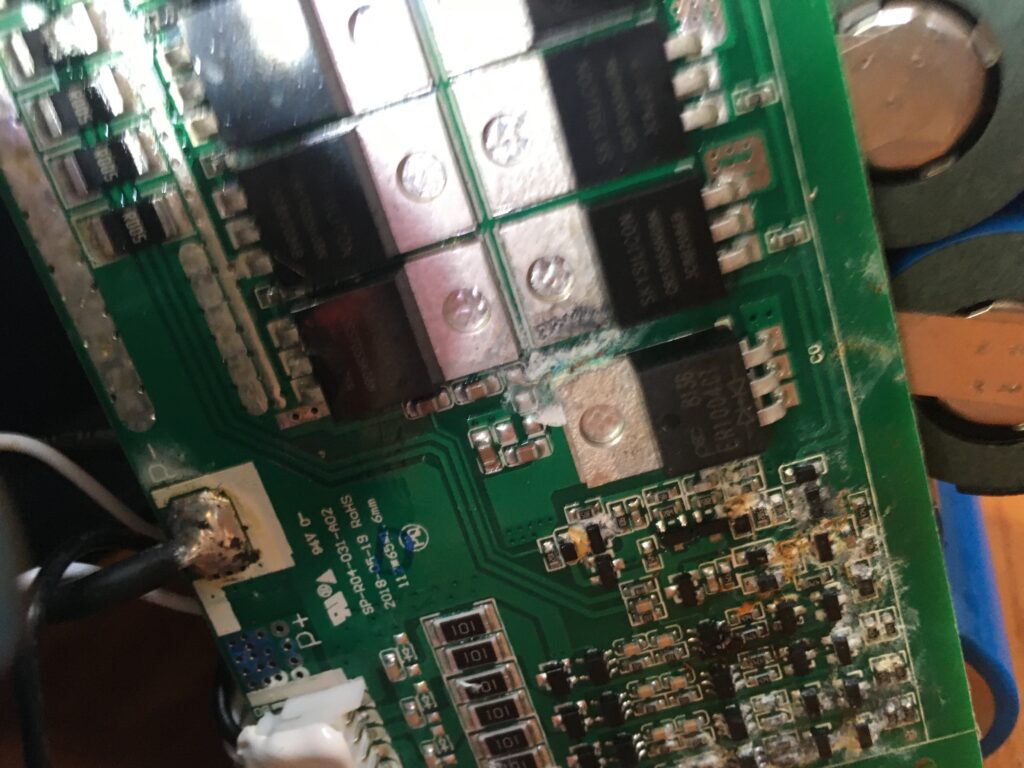
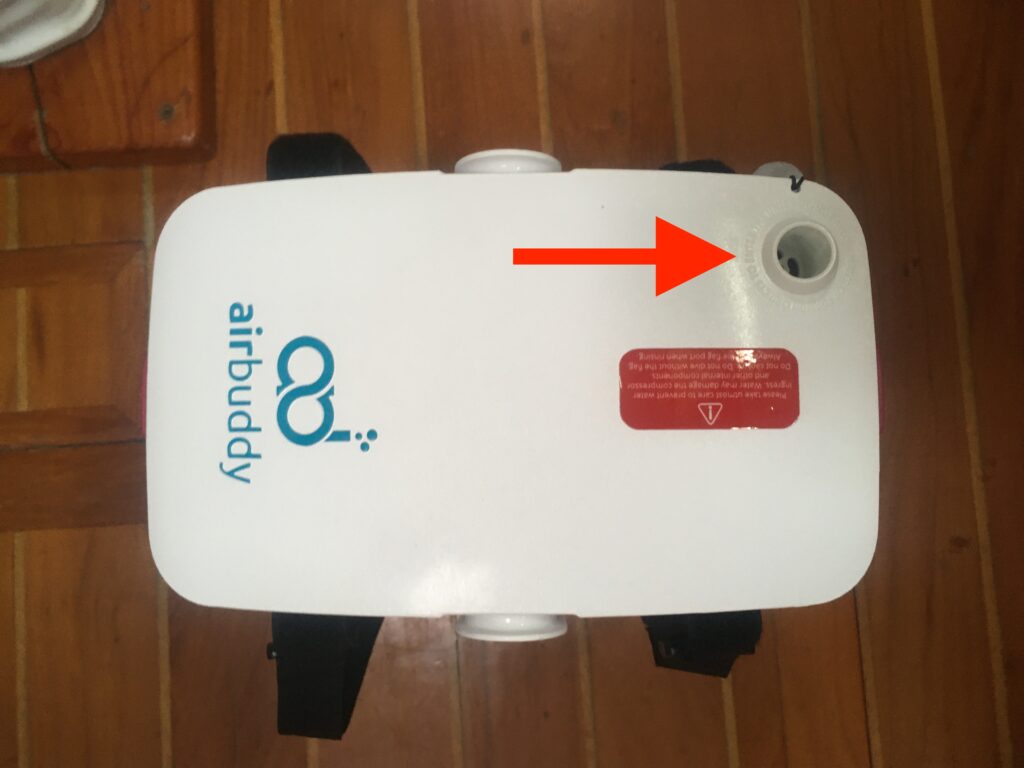
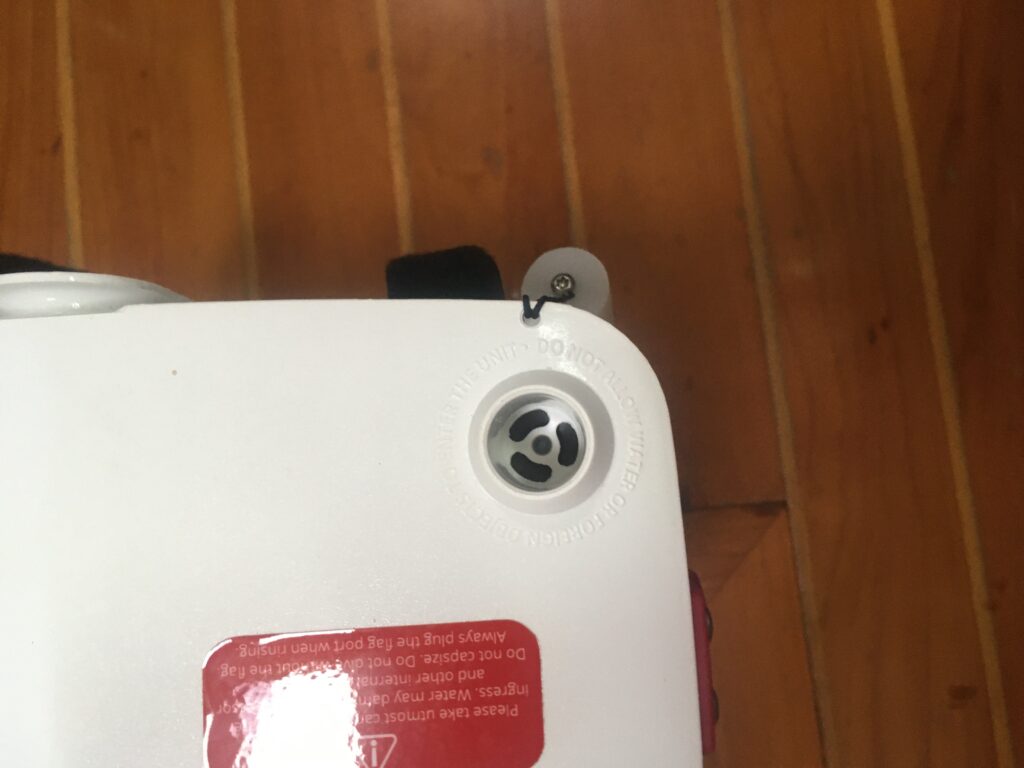
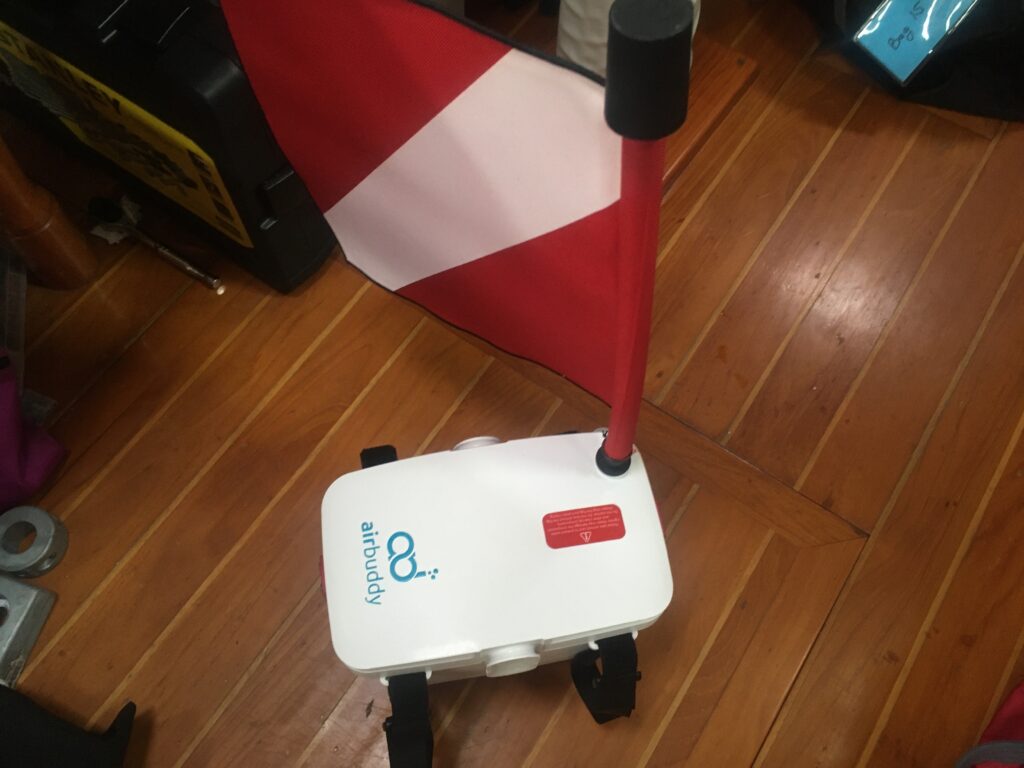

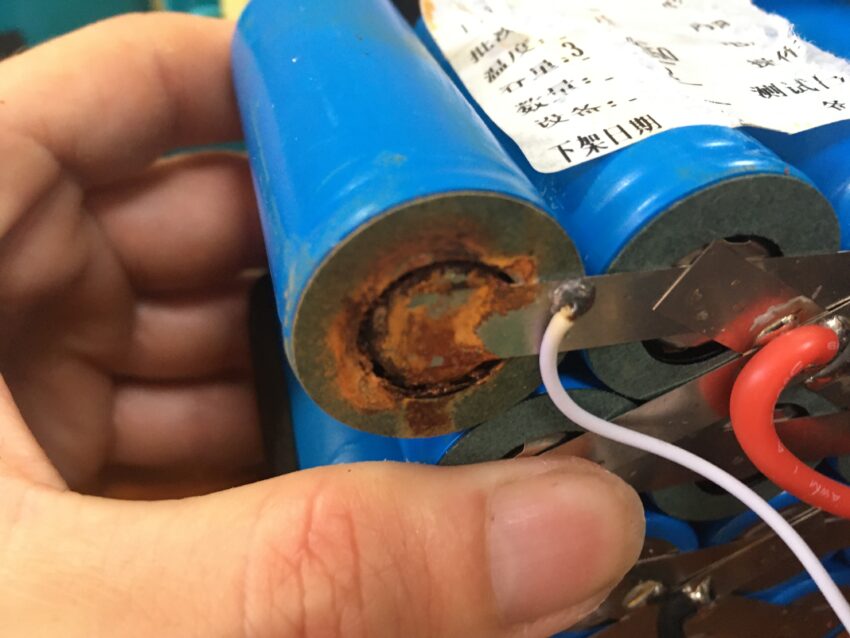
Hey Chuck,
Wanted to reach out and thank you for referencing our training course in your blog about AirBuddy. Sorry to hear about the experience you had. It does seem like a great product but it’s unfortunate about the saltwater damage.
How did you hear about BLU3 Online Training Course? We love to see that it can help even with users of other products. If you have any feedback on the course, we’d love to hear about it.
We design and manufacture the BLU3 products at our headquarters in Florida. One benefit is that our products can ingest saltwater and pump through without failure (rinse through with freshwater after if it happens.) Don’t get sand or other debris inside the compressor as it cannot handle that, but fortunately that’s a rare thing to occur. Even saltwater ingestion is rare as you mentioned.
Please let us know if you have any questions and we will be glad to answer them.
Hello. My name is Andy. I’m from California. I do have an air buddy. So far it’s been great. I would love to meet and know others with the air buddy system. Plz email me where I can meet others. Thank you.
Hi Andy, I suggest that you join the “AirBuddy Divers” group on Facebook with 1200+ members if you’d like to meet and discuss with other AirBuddy divers.
Blu3 makes the pump parts from plastic, which certainly helps against corrosion, but it’s prone to cracking that could lead to drowning risk . They just recalled 1500 Blu Nomads according to their website: https://www.diveblu3.com/recall
@Ondrej, just saw that this morning, thank you for reporting!
If you are looking for the best performing, toughest and easiest-to-repair AND CHEAPEST portable hookah diving system, check out the PORTAHOOKAH range.
This complete system weights only 7.4 kg, runs on one charge for 4 hours, yep 4 hours and allows one diver to 10 meters or 2 divers to 7 meters. No other product comes anywhere near PORTAHOOKAH.
This PORTAHOOKAH battery dive hookah system is absolutely blowing yachties away with it’s performance and simplicity. Underwater metal detecting enthusiasts and swimming pool maintenance guys are ordering more every week.
Check out hookahdivingsystems.com
(Disclosure: I am the marketing manager for Hookah Diving Systems.)
I have to say this, the system didn’t let you down when you were diving despite it’s failure, that snorkel could have the o-ring wear. I like the fact the water droplets get in the red inflatable compartment and are somehow mitigating the air quality. Alsonthe electric board didn’t sized immediately. However, in order to save the electronics you should have cut the wire so the current didn’t get to the board and fry the circuit.
For the designer of the unit , you should make a snorkel that screws in and stay secure by a thread. Also you should add some coating over the electric board or make a separate ermetic compartment for it. Regarding the metal parts sized by corrosion, I would have taken the risk and flah the system with distilate water and let it run for couple of minutes , than I would have spray some wd40 to lubricate the system temporarily, until I could service the unit myself or send it to the customer for refurbishment.
I don’t blame anyone here, just stating my point, I very much be wrong about everything, but this review makes me want to buy a unit like this one.
All the best !!
@Andrei, thank you for stopping by and sharing your thoughts. You are right that aside from the failure I experienced, it was otherwise a good and reliable unit. Best wishes, Chuck.